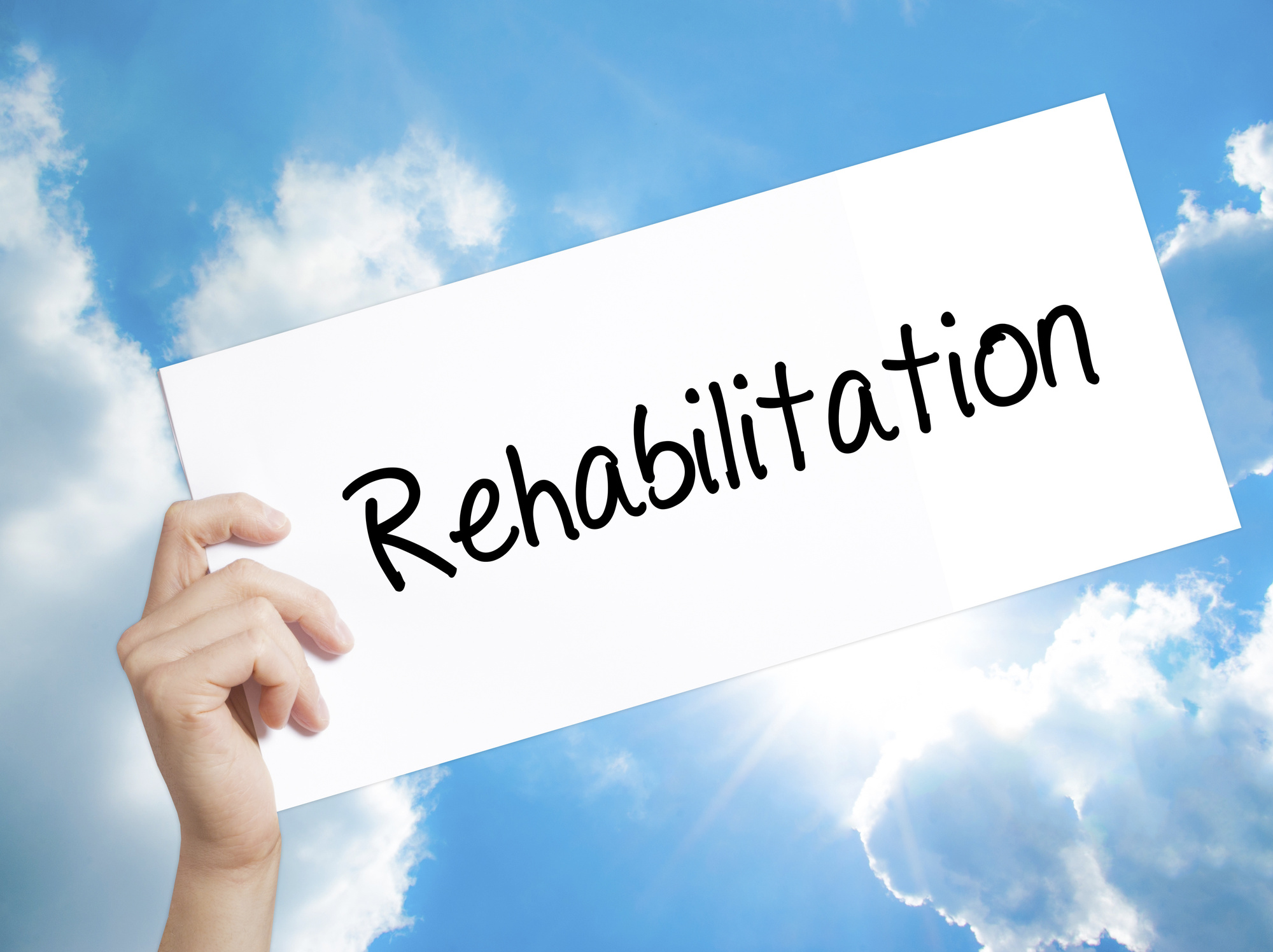
What if your business turned customers off as soon as they saw your logo?
The logo is the first thing customers see, and it must show them what you are about. However, this can be really difficult for a rehabilitation center.
Helping those who suffer from things like addiction requires empathy above all else. However, many people don’t know how to design empathetic rehabilitation logos.
If you need help designing your logo, keep reading to discover our ultimate guide!
You Must Stand Out
In one respect, a rehab logo has the same requirements as any other business logo. And that means the logo itself must stand out to everyone who sees it.
The rookie designer mistakes many medical centers make is to have a white background and small text. Sure, that may look tasteful and understated on your cell phone, but it will look terrible on a billboard.
We’ve prepared some solid ideas in terms of font and color choices. Above all, be unique: see what similar businesses are doing in your area and try something different.
Discovery and Recognition
Another design mistake that medical centers make is to have a really generic logo. This means that when a customer looks at it, they don’t feel any real connection.
Empathetic design is about letting someone know that you understand how they feel. And that means that the logo design should somehow reflect what they are going through.
For instance, the logo for an opiate detox center might feature sunshine and trees. Metaphorically, these are symbols of growth and will help customers understand that this is a chance at a new beginning.
A Strong Central Image
Earlier, we discussed making sure that your central image helped audiences make a connection with your company. Here’s another consideration: does your logo make it clear what your center actually does?
There are many kinds of medical centers in a given area. A symbol like a red cross might make some people think your detox center is a surgical center instead.
This is the ultimate central image design challenge. In addition to forging connections with those struggling with addiction, your image must also make it clear to everyone else what kind of business and service you are offering to your community.
Use of Color
Color is one of the most important parts of a design (empathetic or otherwise). Unfortunately, it is also the part that many rookie designers overlook.
First, don’t overwhelm your audience with color. Using two colors keeps your logo from looking simple, but more than four will just seem confusing.
Second, remember that customers have special associations with certain colors. Many detox centers feature colors like green or blue because they are calming and signify renewal.
Finally, make sure your color choice works well with your website. Otherwise, even a really great logo can look out of place and jarring, which turns your potential audience off.
Form of Function
Most logos are a combination of image and text. Here’s a big question to ask about your new logo, though: could someone guess your business without the text?
Sometimes, rehabilitation centers choose symbols such as a single drop of water. It may look nice and artsy, but if we’re being honest, it could also be confused with the logo for a spa.
The first rule of a good logo design is that it should be the form of the function. Choosing an image that shows what service you offer is the difference between a really iconic design and just having a pretty picture that otherwise feels impersonal.
Make a Connection
Empathetic design is really hard to pull off. This is because empathy itself is pretty hard to achieve.
As a designer, you may have never experienced exactly what someone in a rehabilitation center is going through. But there must have been times where you felt helpless and out of control in your own life.
Try to channel those memories and that energy while you design the logo. This can be hard and even painful, but it all pays off when audiences feel a genuine connection with the work of art you have created.
Careful Font Choice
Ever hear the phrase “it’s not what you say, it’s how you say it?” In the world of design, your font choice represents “how you say it.”
What that means is that it is not enough to have a great name and motto for your rehab center. If everything is written in an off-putting font, then those beautiful words won’t even matter to anyone.
Some fonts are a turn-off simply because they are basic. For instance, using Times New Roman will give college grads flashbacks to annoying university essays.
The best fonts will help represent your specific business and service. For instance, a rehabilitation center that focuses on youth rehab may use a cartoonish and kid-friendly font.
Never forget that the first rule is readability: don’t get carried away with a dramatic font choice before you verify that it’s easy for most people to read.
Size Still Matters
There is another area in which rehab logos and more traditional logos are similar. Generally speaking, bigger is better in terms of your logo.
The overall logo should be a good size because you don’t know where it will eventually be featured. You need something that looks just as good in a newspaper or on a t-shirt as it does on a TV or billboard.
Pay attention to the size of the different elements as well. If you have a large logo but a small font, then some of your important text may not be readable, especially when printed on something small like a business card.
Rehabilitation Logos: The Bottom Line
Now you know more about how to design rehabilitation logos. But do you know who can help you make an awesome logo?
At Online Logo Maker, our mission is to help every person and business make the best possible logo. To see how we can help your business stand out, come check out the logo maker today!




